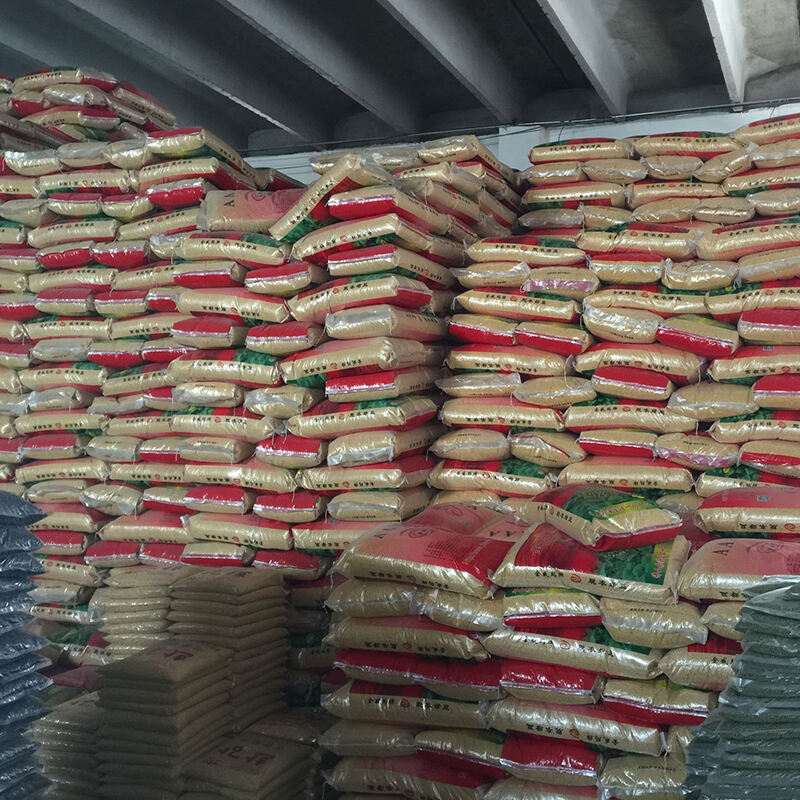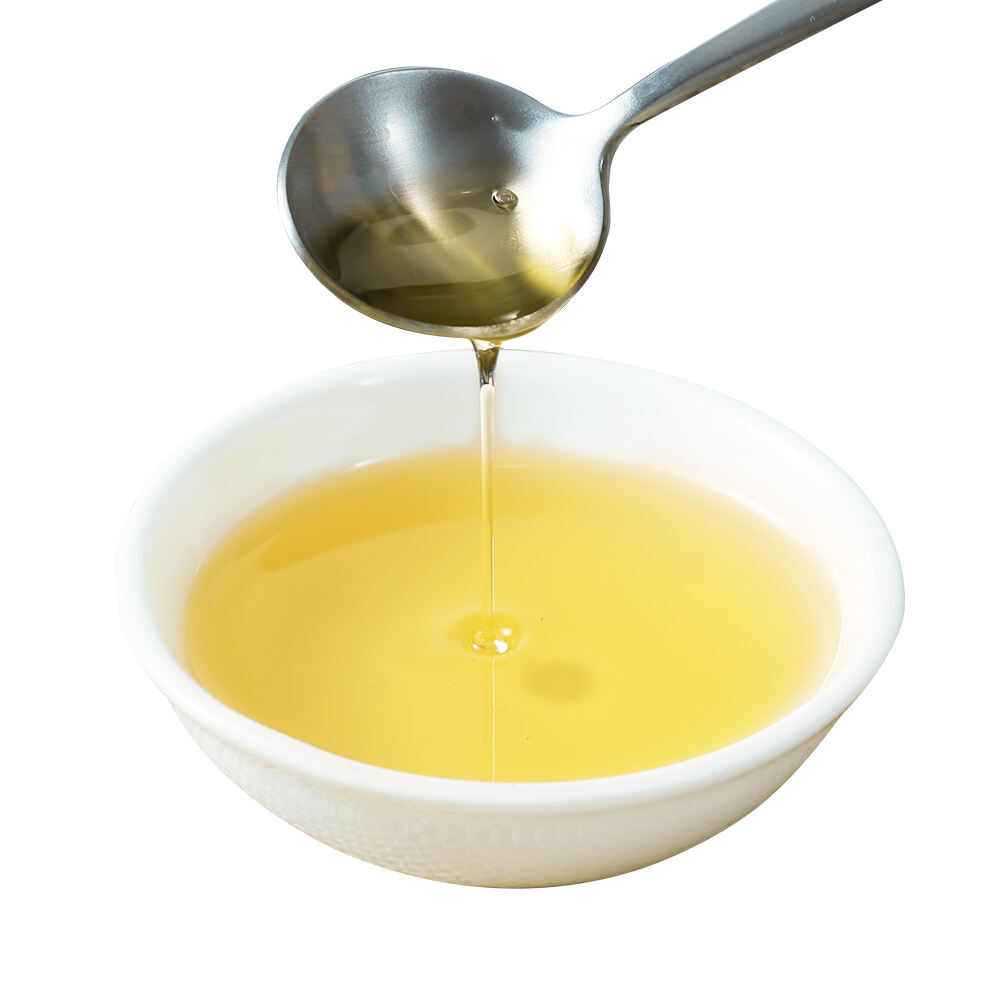chinese milkflowered kidney bean
The Chinese Milkflowered Kidney Bean, scientifically known as Flemingia macrophylla, is a versatile leguminous plant that has gained significant attention in agricultural and ecological applications. This remarkable plant species, native to Asia, grows as a woody shrub reaching heights of 1-4 meters, characterized by its distinctive trifoliate leaves and clusters of small, cream-colored flowers. The plant demonstrates exceptional adaptability to various soil conditions, particularly thriving in acidic soils where many other legumes struggle to establish. It serves multiple functions in sustainable agriculture, including soil conservation, fodder production, and natural nitrogen fixation. The root system of the Chinese Milkflowered Kidney Bean is particularly noteworthy, developing an extensive network that effectively prevents soil erosion while simultaneously improving soil structure through organic matter contribution. Its nitrogen-fixing capabilities make it an excellent choice for improving soil fertility naturally, reducing the need for synthetic fertilizers. The plant also produces protein-rich seeds and foliage, making it valuable as animal feed and green manure. In agroforestry systems, it serves as an effective shade plant for young tree seedlings and acts as a living mulch, suppressing weed growth while maintaining soil moisture.


